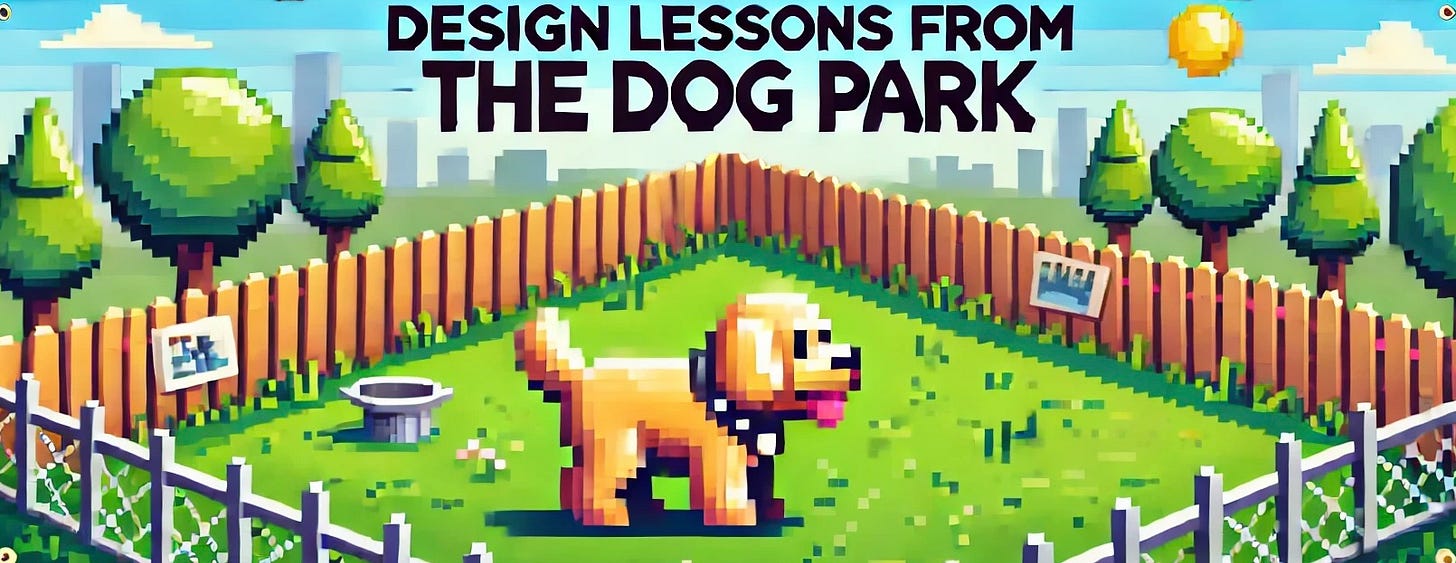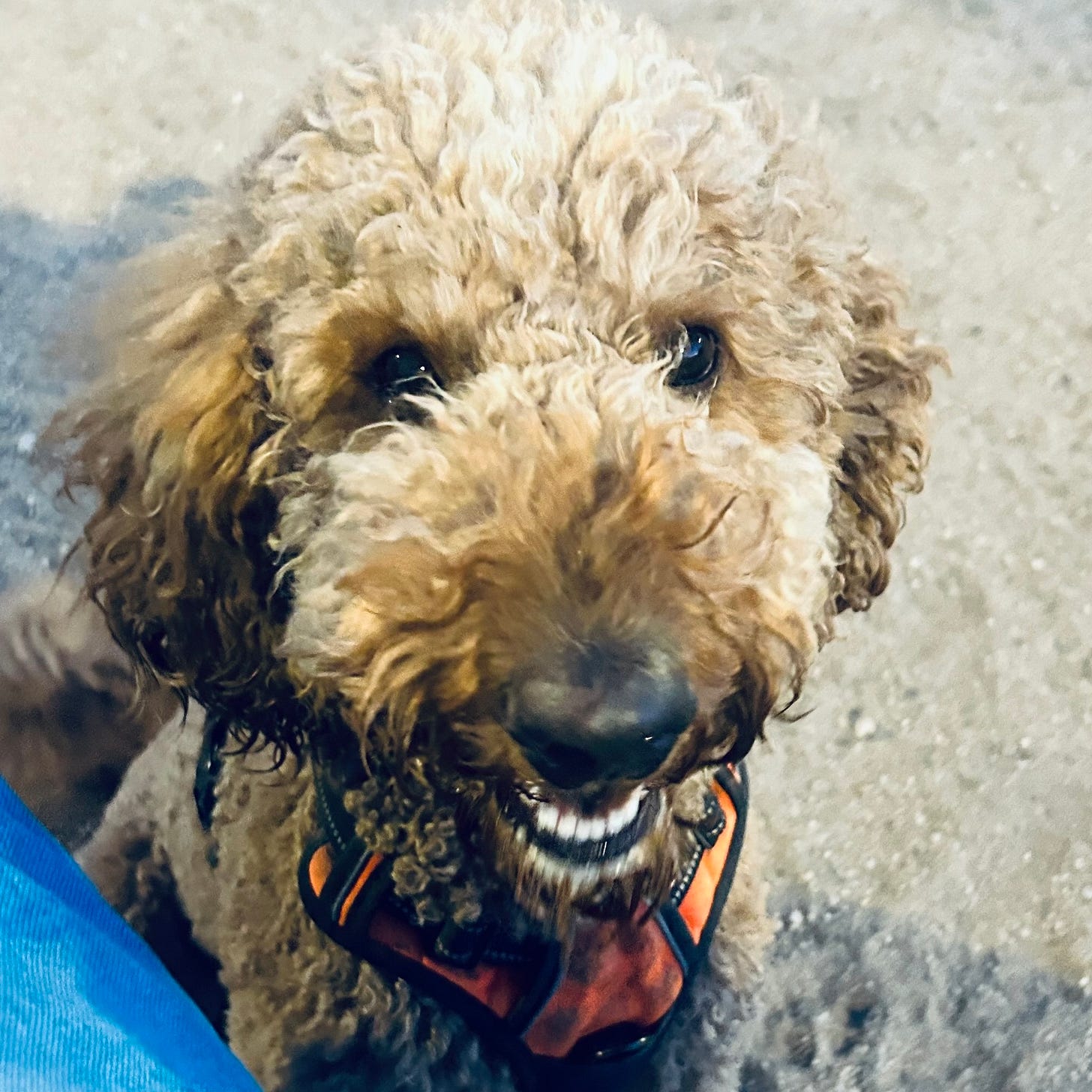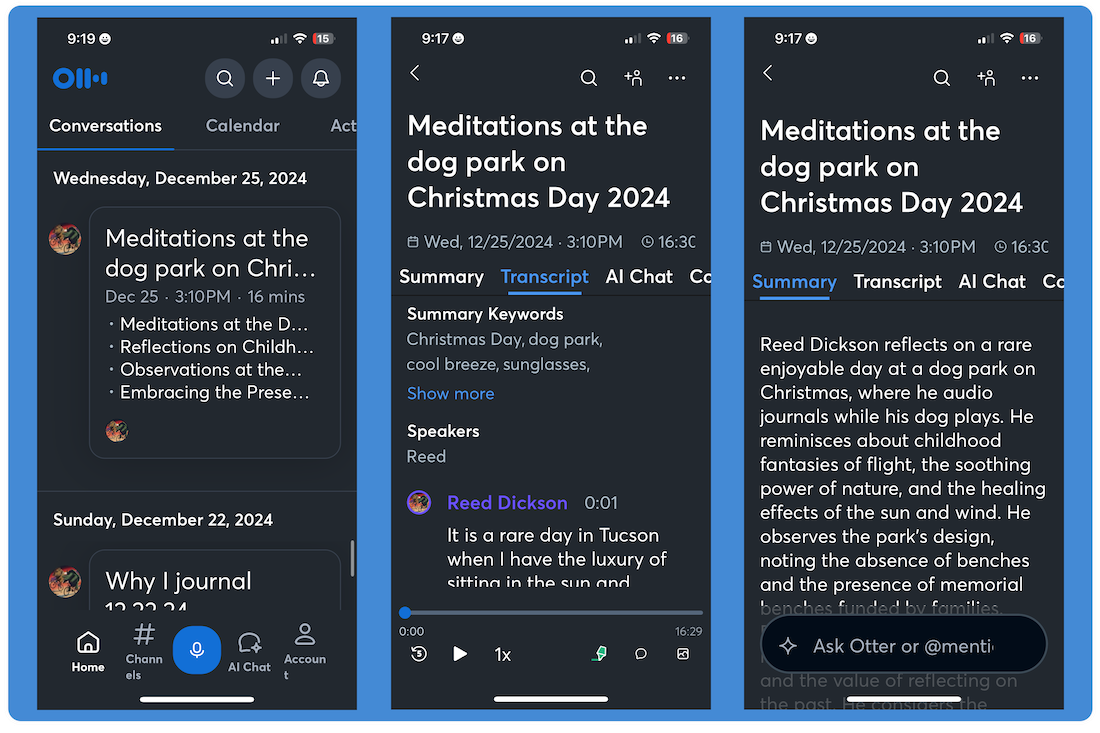3 PX Questions for LMS Designers
Field Notes for Designers • 6 minute read
Continued from Part 2 of On Dog Parks & Online Social Spaces
Thank you for indulging me. I have this penchant for analogous imaginings. Give it enough time, and for me, every landscape becomes a classroom.
It’s as if all of life were the stuff of learning?
So what do we do with this dog-park-as-classroom scenario within the standard LMS? Is something rotten in the state of Denmark?1 Is all not well in the digital landscape of online spaces?
Truth be told … not all is well in the land of brick and mortar, either. Age-old problems, like divergent social learning needs, persist. If only we could summon a digital AI persona of Lev Vygotsky2 to guide us through this.
But this design question is unlikely to be taken up in the first place. Is it not foolish to hope that any designer of online spaces might have the disposition — much less the luxury — to take up the challenge of social learning? After all, bottom line: business is booming.3 It’s as though all demand within the education market is for more of the same — albeit, with some AI dressing on the side. Could it be so?
And when demand is uninspired, perhaps our designers’ hands become tied? Perhaps they are thus expected to give the customer whatever they want — even if it’s a simulation of stuff that never actually worked in the brick-and-mortar classroom. So it goes.
But on the off-chance that any single curious designer reading this piece might be aching to advance what Roberto Verganti calls an “innovation of meaning,” I’m offering up this story as a lens on the problem of social learning — not merely as a user-experience (UX) portrait, but as a story about the divergent pedagogical experiences (PX)4 of students — and of course, their teachers.
PX for Designers
So then, what kinds of PX questions are worth asking? Here are three.
Rethinking Home. How might a sense of “home” be built into the course home page — as well as each school’s global home page? Should designers leave the possibility of “home” up to schools, their instructors and LMS admins? Can we really expect all educators to have the advanced instructional design skills that seem to be needed to make “home” possible? Or might LMS designers instead offer various menus of digital front-door options that teachers could choose from? What beautiful home page choices might make both Reed and Bee feel at home online? Or better yet, why not set it up so that each student could choose their own personalized design, and rearrange the furniture as they see fit?
Rethinking Community. What might the ideal LMS look like that takes up the charge to help students connect? What if we could design it, dare I say, even better than how our physical classrooms are designed? What might an LMS feel like if it helped students connect in real time — or at least what we might call “near-synchronous” time? How much of a lift would it be to enable peer-tagging from any course page? What might it take to ensure that every student could jump straight into a live chat or video call — right from within the LMS? After all, even asynchronous students want synchronous time with peers and instructors. When will our students be able to tag their instructor from any page in the LMS — just as easily as they might raise their hand in a physical classroom?
Toward the Sync in Asynchronous. How might the LMS shake that distancing feeling of what we call “distance learning”? What might the LMS of the future look like — where students, upon entering, could actually see who’s online? What might the LMS sound like — where students, right upon entering, could hear the Cheers equivalent of “Norm!” filling the room? How might the LMS be better designed to bring isolated students together in real time (or the closest thing to it) — without it feeling forced or obligatory?
Leaving the Dog Park
As the evening sets in, Bee and I exit the park to head home.
In the distance, there’s a frolic of freewheeling children romping around on the playground. I hear their swings: out and up, and back again.
I imagine myself swinging, kicking my feet into the air, and wonder again — as I once did as a child — what must it be like to have wings? As we pass by the kids, I see a living portrait of pure exuberance. It’s fantastic.
I think to myself, here’s a good question for another essay:
What might online learning spaces look like if they were … less like the walled gardens of vacant dog parks, and more like a playground? What more might we learn from our glorious children — or the design of our playgrounds — to help us reimagine what it means to feel connected, and at play, inside the LMS and beyond?
As I think this, Bee is tugging the other way, with great urgency.
I’m here, I’m here, he seems to be saying to another dog that has finally appeared.
Is it okay, asks the owner?
Of course, I say and smile as the dogs sniff each other.
I’m glad that we came and lost track of time. I needed this, and so did Bee. The dog park’s design, of course, is far from ideal. But at just this time, it was just what we needed. And I wouldn’t have come here at all, were it not for my dog.
I reach into my pocket, find my phone, and end the recording.5
Share Your Thoughts
This was the closing part On Dog Parks & Online Social Spaces, which was Post #3 at Curious Tendril. If anything was clarifying or troubling in a useful way, please leave a comment — and please share it forward with other designers.
Up next is Colin Kaepernick on Student Voice, AI in the Classroom, and Supporting Teachers.
Stay Curious!
This quote was a random lift from Hamlet. If you’re curious, revisit the play at the Folger Shakespeare Library.
Digital AI personae within large language models like ChatGPT are easy peasy. Just ask your LLM to role-play. Better yet, upload your favorite essay by your favorite educational theorist — and ask your LLM to role-play that theorist in some edgy, humorous or perhaps metaphor-filled way that revisits the core ideas of the essay. Make it fun for yourself. Alternatively, Wikipedia is still your friend.
My reason for invoking PX in the past few years has been to advance a pedagogy-first approach to how designers design, and how purchasers purchase. That said, about a month ago, Mig Reyes at Duolingo invoked another kind of PX. I guess we’ll see which acronym lasts!
In case you’re curious about my recording, the essay above was far from verbatim. The transcript gave me a great first draft. If you’d like to try using voice-to-text with Otter, here’s a quick visual on how it transcribed my audio journaling: an AI-generated conversation summary as bullet points, a full transcript with AI-generated keywords, and then a summary paragraph. While some folks love the summaries, I just ignore them and export the transcripts.







I can't help but reflect on my own struggles with remote work and how I've been understanding my needs for community with my working peers. I enjoy the benefits and flexibility of remote work. Having spent time working before the pandemic, in the office with my fellow designers, there's a sense of community learning and spitballing of ideas that is lost. I'm definitely a social learner, who works best when having conversations about the problems we are tackling. But I don't think my peers are the same, or value that in person connection as much, so the opportunities to meet in person are few and far between.
I was part of the social committee for our team before the pandemic, and took pride in it. Then I tried to keep that social spirit going at the beginning of remote work, it became exhausting, and I've had to remove myself from that space. Fostering social community online is so different, and difficult. I don't have the same skills for it, as I did for in person community building. I know it can be done, there are gamers that have lifelong friendships with individuals they've never met in person. There are communities for every niche interest you can think of out there, and people who once felt isolated because of geography can connect and form bonds.
Proximity chat multiplayer games are an interesting exploration of merging real world social dynamics and communication with online game play. Characters can interact with a shared environment and can text or talk when they are physically close to another character in the game. VR headsets can allow us to sit down together in a virtual classroom, spanning the problems of geography. But that does require individuals to be synchronously interacting. When you have a busy day of work, school, and family, how can you schedule time for those "water-cooler conversations"? I do think we can look at places where community is fostered successfully online for help in designing solutions for online education community building. While also recognizing that what works for Bee, might not work for Reed.
Additionally, I'm curious if a young adult in their first few years of higher education would have an ability to identify what their needs even are. All the more reason why it's important for community to be fostered not only by learning peers, but by the instructor and the LMS, with different options for learners to try out and see what works for them.
We need to get you meetings with leadership at EngageXR, SoWork, and D2L. Great thought experiments Reed all on point, all visually and emotionally compelling. Thank you. looking forward to the next Tendril. Dare I say the “nexdril.”